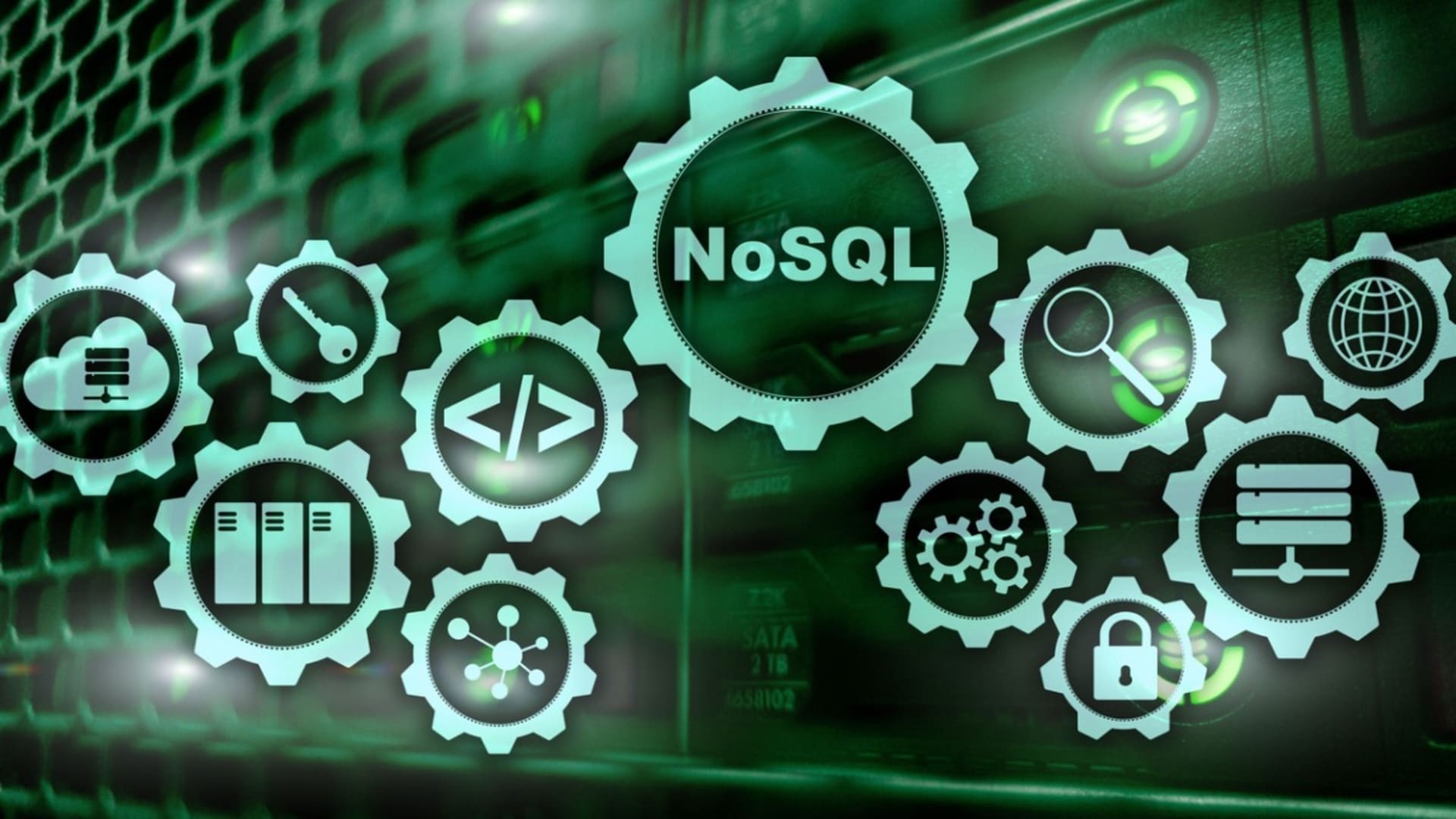This article is part of our Distributed Enterprises Series.
One of the biggest pain points companies becoming distributed have to deal with is managing talent. Even if they have the best tech infrastructure possible, managers with years of experience, and clear processes in place, the reality is that managing talent remotely is nothing like you’ve ever seen before.
For successful engagement with a distributed team, managers need to shift their expectations, develop new approaches, and even embrace ways that might seem counterintuitive, at least when compared to traditional management practices. Getting there takes time and effort, but following the suggestions outlined here, managers can have a better shot at success in managing distributed talent.
Here are 6 recommendations to better manage distributed teams.
1. Shift expectations
The first and most important thing managers should do is change what they expect from their engagement with remote workers. Waiting to work with distributed teams in the same way as with in-house teams is a recipe for failure. That’s because there are many aspects that differ in distributed environments.
For instance, managers shouldn’t expect their teams to communicate in the same way, nor should they believe that everyone works equally when doing so remotely. Online collaboration significantly impacts communication (more on that later) and even affects how managers should measure productivity and track goals. Thus, having an open mind for the changes ahead is the first step towards better managing distributed teams.
2. Double down on good management’s best practices
The fundamentals in any good manager’s book include establishing clear goals for the team as a whole and for each of its members, communicating clearly, leading meetings with precision, and leveraging each individual’s strengths to compensate for weaknesses. Seasoned managers surely know how to do those things already, but a distributed approach needs them to be more insistent on them.
For instance, one of the most common recommendations when managing remote talent is to overcommunicate. In other words, managers need to make sure that everyone is aware of everything at all times to prevent the emergence of knowledge silos. The only way to do so? Using multiple channels to communicate the same information, even when it might end up being repetitive for certain members. In the same vein, staying vigilant of everyone in the team (through general and one-on-one meetings) is a must to anticipate issues.
3. Use new metrics to measure performance and productivity
Managers should throw their old ways of measuring performance and productivity out of the window. Believing that someone is a hard worker simply because they put in longer hours isn’t a sensible approach anymore (if it ever was). Today, people working online manage their time differently and, therefore, accomplish their goals in different ways.
So, managers shouldn’t focus on the amount of time dedicated to a project or the ways in which they completed their work. Instead, they should concentrate on the work the team has done and whether they complied with established deadlines and procedures. Aside from that, managers should provide leeway for the team to work on their goals however they please. As long as the management team has established clear expectations, there shouldn’t be a problem with that.
4. Adjust the recruitment process
When it comes the time to bring new people on board, it’s best to have a hiring process that better adapts to the distributed environment. This means a couple of things. First, it means that managers should look for people with soft skills like communication and self-discipline. Those skills will help managers in doing their job, as team members that have them will better manage their own time, better follow directions, and communicate better at all times.
Then, there are the adjustments needed for the onboarding process. Getting acclimated with a new job is always a challenge, which can be greater still in a remote environment. Managers should have a streamlined process for new remote hires, including providing new workers with tools and information they need to start working, video calls for proper introductions with the team, a roadmap for what they expect the worker to do during the first day, week, and month.
5. Create bonding opportunities
One of the most frequent complaints of remote workers is how working online makes them lose touch with their teammates. This can lead to feelings of disconnection and loneliness. While managers might think that regular meetings are enough for the team to bond, the reality is that people need more than just a couple of minutes of informal chatter before and after a preestablished meeting.
That’s why managers should set aside some time for the team to bond in a more relaxed setting. There can be informal meetings with a pre-agreed frequency, special events with games and prizes, or even special projects that connect teams or members that rarely work together. Managers should insist that these activities are conducted with video cameras on, so everyone can see faces and gestures, which improve communication and enhance familiarity with one another.
6. Leverage one-on-one meetings
Oftentimes, managers see one-on-one meetings to check individual progress and detect potential issues early on. Traditionally, these meetings are strictly professional and focus on tasks and goals. While that’s understandable for an in-house setting, distributed enterprises need managers to take these meetings a little further and tread (albeit not in-depth) into more personal territory.
These meetings can reveal whether a team member is lacking enthusiasm, is going through a rough patch, or is feeling isolated. Naturally, managers shouldn’t pry on personal lives but should pay attention to warning signs and provide help in any way they can. This can be offering more flexibility, connecting them with professionals for help, or discussing the job in more detail to find where the problem might be originating.
A Role Redefinition
The most important takeaway from this is that managers need to understand that their role is redefined in the context of a distributed enterprise. Sure, the fundamentals are still there but the way in which they have to execute those fundamentals have changed. That’s why anyone in charge of managing a distributed team needs to take a look at their methods and see what needs adjusting.
What’s more, the management role is constantly evolving along with the fast pace at which work is changing. That means that there isn’t a single instance of management redefinition but rather a process of continuous change to keep aligned with what the distributed talent needs at all times. It takes time and effort but it’s the only way to be sure that the distributed enterprise (and its team members) can work efficiently.
More related articles on our Distributed Enterprises Series.







